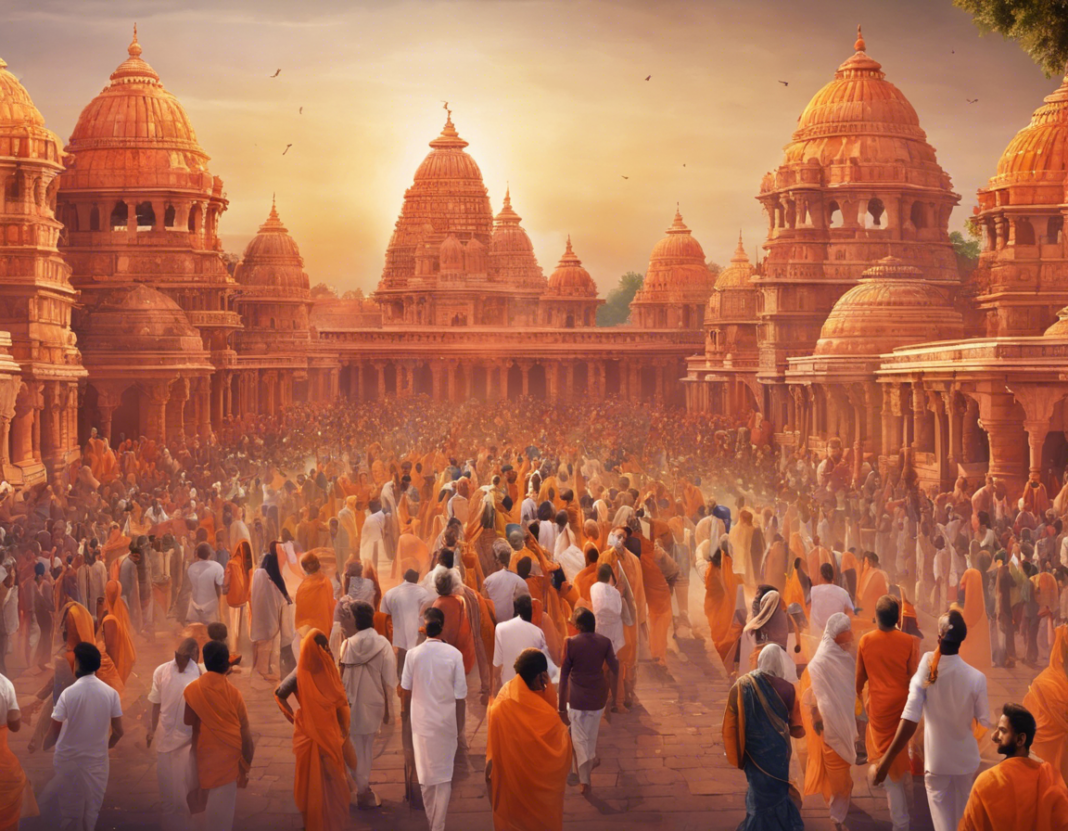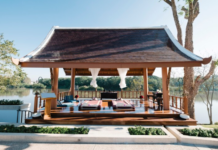The Ayodhya Deepotsav is a mesmerizing and enchanting festival that celebrates the victory of light over darkness, knowledge over ignorance, and good over evil. This annual event, held in the sacred city of Ayodhya in Uttar Pradesh, India, attracts thousands of visitors from all around the world. The Ayodhya Deepotsav is a grand spectacle that showcases the rich cultural heritage of India and honors the legend of Lord Rama, one of the most revered deities in Hindu mythology.
The History and Significance of Ayodhya Deepotsav
Ayodhya, often referred to as the birthplace of Lord Rama, holds great historical and mythological significance in Hinduism. The city is believed to be the capital of the ancient Kosala Kingdom and is mentioned in various religious texts and epics such as the Ramayana. The Ayodhya Deepotsav is a festival that commemorates the return of Lord Rama, his wife Sita, and his brother Lakshmana to Ayodhya after 14 years of exile, during which they defeated the demon king Ravana.
The Festival Celebrations
The Ayodhya Deepotsav is a grand festival that is celebrated with great fervor and enthusiasm. The highlight of the event is the lighting of diyas (oil lamps) and electric lights across the city, which illuminates Ayodhya and creates a magical spectacle. The entire city is decorated with lights, flowers, and colorful decorations, creating a vibrant and festive atmosphere.
A stunning Rama Darbar (court of Lord Rama) is set up, where artists enact scenes from the Ramayana through musical dramas and dance performances. The event also features fireworks, cultural shows, processions, and aarti (rituals) dedicated to Lord Rama.
Attractions and Highlights
-
Ram Ki Paidi: This is a ghat (steps leading to a river) on the banks of the Sarayu River, where thousands of diyas are lit, creating a breathtaking view.
-
Rangoli Competitions: Visitors can participate in or admire intricate rangoli (artwork created on the ground using colored powders) competitions that showcase traditional Indian art forms.
-
Cultural Performances: Dance performances, music concerts, and theater plays are held throughout the festival, showcasing the diverse cultural heritage of India.
-
Food Festival: A wide array of delicious Indian cuisine is available at stalls and food courts, where visitors can savor traditional dishes and delicacies.
-
International Participation: The festival attracts visitors not only from different parts of India but also from around the world, making it a truly global celebration.
Tips for Visitors
-
Plan Ahead: Due to the popularity of the Ayodhya Deepotsav, it is advisable to plan your trip well in advance and book accommodation early.
-
Dress Appropriately: As the festival is a religious and traditional event, it is recommended to dress modestly and respectfully.
-
Stay Safe: Be cautious of your belongings, stay hydrated, and follow all safety guidelines provided by the event organizers.
-
Respect Local Customs: Familiarize yourself with the local customs and traditions to ensure a respectful and enriching experience.
FAQs (Frequently Asked Questions)
- When is the Ayodhya Deepotsav celebrated?
-
The Ayodhya Deepotsav is usually celebrated during the Diwali festival, which falls in October or November each year.
-
Is the Ayodhya Deepotsav open to all visitors?
-
Yes, the festival is open to people of all backgrounds and nationalities who wish to experience the cultural extravaganza.
-
Are there any entry fees for the festival?
-
Entry to most parts of the festival is free, but certain events or attractions may have ticketed entry.
-
How can I reach Ayodhya for the Deepotsav?
-
Ayodhya is well-connected by road, rail, and air. Visitors can reach Ayodhya by taking a train to Faizabad railway station or by flying to Lucknow and then traveling by road.
-
What are some recommended activities to do during the Ayodhya Deepotsav?
-
Some recommended activities include attending the Rama Darbar, witnessing the lighting of diyas at Ram Ki Paidi, enjoying cultural performances, and indulging in traditional Indian food.
-
Can I participate in the Rangoli competitions as a visitor?
-
Yes, visitors are often encouraged to participate in the rangoli competitions to showcase their creativity and artistic skills.
-
Is photography allowed during the festival?
-
Photography is usually allowed at the festival, but it is advisable to respect the privacy and customs of the local people while taking photographs.
-
Are there any accommodations available near the festival venue?
-
Yes, there are a number of hotels, guesthouses, and homestays available in Ayodhya and nearby towns to accommodate visitors during the festival.
-
What are some souvenirs or traditional items I can buy at the Ayodhya Deepotsav?
-
Visitors can purchase a variety of traditional handicrafts, artworks, religious items, and souvenirs from the local markets and stalls set up during the festival.
-
Is there a specific dress code for the Ayodhya Deepotsav?
- While there is no strict dress code, it is recommended to dress modestly and in traditional Indian attire to respect the cultural and religious significance of the festival.
In conclusion, the Ayodhya Deepotsav is a celebration that embodies the spirit of unity, peace, and joy. It is a unique opportunity to immerse oneself in the rich cultural tapestry of India and witness the beauty of traditions come to life. By participating in this grand festival, visitors can create memories that will last a lifetime and be a part of a truly unforgettable experience.






